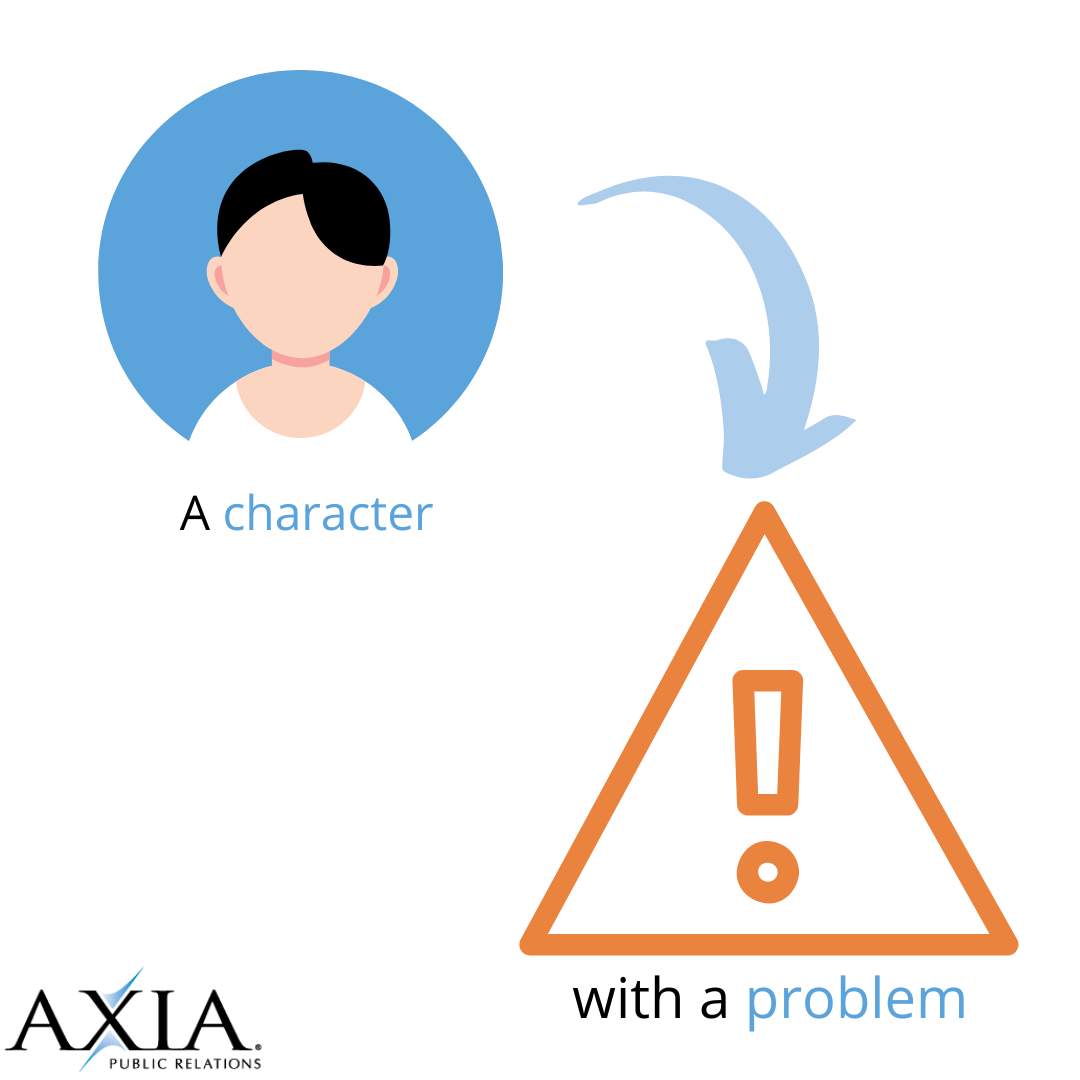
Now that you know what your consumer wants, you have to interest them in your story. The way to do that is to introduce a problem. Why? Because consumers love to solve problems.
In every great story, there is a character who battles a problem. In order to successfully tell a brand’s story, you must incorporate the problems or issues that consumers will come across that the brand can help solve. These problems will allow consumers to relate to the brand and to truly begin the “storytelling” process. Without consumer problems, how would you communicate the effectiveness of your products or services? You wouldn’t be able to because a story without a problem or “plot” isn’t a real story.
Audio: Listen to this article.
There are three main types of problems your character could be facing: external, internal and philosophical.
External problems are issues the character is facing that leads them to your product or service. These are surface issues, like not having a car in a city that you flew to.
- Story Example: Luke Skywalker blowing up the Death Star
- Brand Example: A company having PR issues
Internal problems are the feelings resulting from the lack of a solution. These are deeper, more personal issues, like not wanting to talk to your uber driver.
- Story Example: Luke not believing he could fulfill his mission
- Brand Example: Doubting your PR abilities or having imposter syndrome
Philosophical problems are the issues your consumer comes across that they shouldn’t have to deal with. These are universal issues represented in a particular story but have worldwide applications, like the questions, why should we have to pay for travel? Or why should we drive when we can carpool, walk or take other transportation?
- Story Example: Luke saving the universe from evil
- Brand Example: Wanting to communicate an idea with a wide audience (everyone should have the right to communicate with others)
For every external problem you can identify, there will be a corresponding internal problem. For every internal problem, there is a “why” question that can lead you to a philosophical problem.
Think about what your character wants from you, and use either an external, internal, or philosophical problem they would encounter to pique their interest in your product or service.
This means you need to bring attention to the fact that your consumers can’t do something, but with your product or service, they can.

After pointing out a problem, you then need to guide the character in your StoryBrand. Also, check out our strategy package, and bring StoryBrand BrandScript to your company to help convert more site visitors into not only customers, but fans.
Photo by Eduardo Dutra
Topics: PR tips, PR planning


Comment on This Article